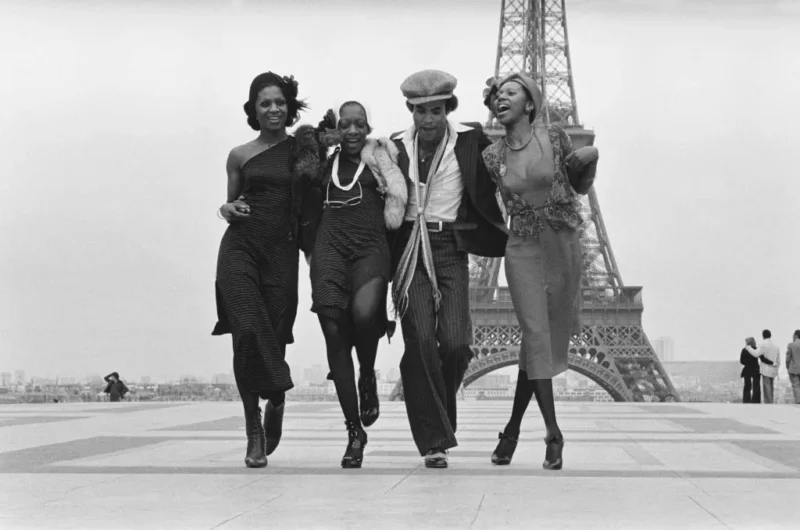Paris: Where the Black Diaspora Meets
Share
Explore Our Galleries
Breaking News!
Today's news and culture by Black and other reporters in the Black and mainstream media.
Ways to Support ABHM?
By Unerased, Black Women Speak, from Word in Black
France says everyone is French and sees itself as be colorblind. But Paris has always been home to Black folks from across the diaspora.

Julia Browne, historian and tour guide, takes us back to Paris as a meeting place for descendants of Africa scattered across the globe. She is the author of three profiles for Unerased Pathfinders and Patriots. This conversation reveals her love affair with “The City of Lights” and how the natural progression for her to share this was by creating the Black Heritage in France Walking The Spirit tours.
UNERASED: What inspired you to launch Black Heritage in France Walking the Spirit tours?
Julia Browne: I had long been a Francophile and was inspired by the French language and culture from an early age. I was born in the north of England and emigrated to Canada in 1967 and then moved to France in 1990 — actually on the birthday of Langston Hughes. I have a foot on both continents, but I’m also an instinctual person. I had taken a year abroad in France, and I was there for 18 months. I met someone in France, whom I eventually married.
Five years after I had been in France, I was taking a course at the Sorbonne with the late Michele Fabre. He had written a guidebook on streets that were significant for African Americans in Paris. So, I took this guidebook and walked the streets. I discovered that Langston Hughes had lived in my neighborhood. I was able to walk to his house and go into his attic. I experienced the space where this writer I had always admired, lived and worked.
Find more Breaking News here.
Explore our virtual exhibit galleries here.









Comments Are Welcome
Note: We moderate submissions in order to create a space for meaningful dialogue, a space where museum visitors – adults and youth –– can exchange informed, thoughtful, and relevant comments that add value to our exhibits.
Racial slurs, personal attacks, obscenity, profanity, and SHOUTING do not meet the above standard. Such comments are posted in the exhibit Hateful Speech. Commercial promotions, impersonations, and incoherent comments likewise fail to meet our goals, so will not be posted. Submissions longer than 120 words will be shortened.
See our full Comments Policy here.